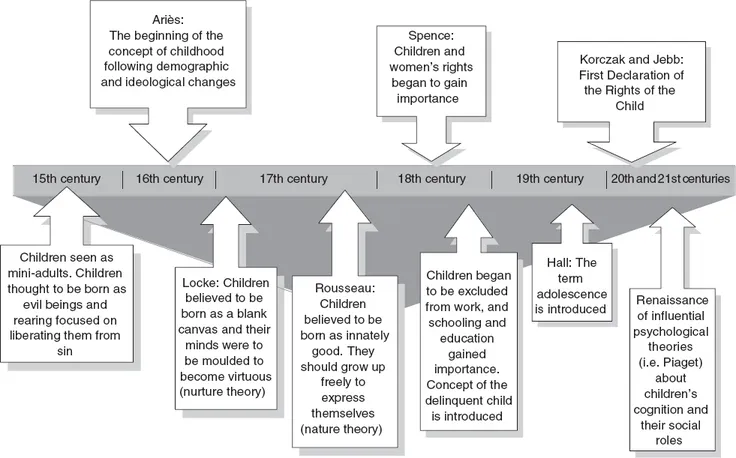
Research with Children
Theory and Practice
- 312 pages
- English
- ePUB (mobile friendly)
- Available on iOS & Android
About This Book
Thought-provoking, pertinent and engaging, this book provides an overview of every aspect of carrying out research with children. It is unique in its particular focus on vulnerable groups of children such as those with mental-health problems, physical health problems and learning disabilities, along with young offenders and looked after children.
The book helpfully addresses each stage of the research process:
-Part I introduces the main elements of doing research with children, including seeking ethical approval for sensitive research topics.
-Part II guides the reader through the initial stages of the research project including recruitment issues and communicating with gatekeepers.
-Part III outlines the data collection, data analysis, writing up and dissemination stages of research and covers both quantitative and qualitative methods.
Filled with practical advice and useful activities for each chapter, this book is an essential resource for any student, academic or professional working with, or doing research with, children.
Frequently asked questions
Information
1 Introduction: Setting the Context
Chapter Outline
- Introduction
- The sociology of childhood
- Children's rights
- Research
- Research ‘on’ children
- Research ‘with’ children
- Useful resources
- Further reading
Learning Outcomes
- Identify the ways in which society has changed how it views children and their place in society
- Critically appraise the new sociology of childhood
- Reflect on the role of children in research
Key Words
- childhood
- children's rights
- children's welfare
- society
- sociology
Introduction
The Sociology of Childhood
- Corsaro, W. (2011) The Sociology of Childhood (3rd edn). Thousand Oaks, CA: Pine Forge Press.
- James, A. and Prout, A. (eds) (1997) Contemporary Issues in the Sociological Studies of Childhood. London: Falmer Press.
- Jenks, C. (2005) Childhood. London: Routledge.
- Woodhead, M. and Montgomery, H. (2003) Understanding Childhood: An Interdisciplinary Approach. Milton Keynes: Open University.
- Wyness, M. (2011) Childhood and Society (2nd edn). Basingstoke: Palgrave Macmillan.
Activity 1.1

Children's Rights
Table of contents
- Cover
- Half Title
- Publisher Note
- Title Page
- Copyright Page
- Contents
- Illustration List
- Illustration List
- About the Authors
- Acknowledgements
- Illustration List
- Preface
- 1 Introduction: Setting the Context
- Part 1 Preliminary Issues
- 2 Cultural and Diversity Issues
- 3 Ethics in Child Research
- 4 Children's Capacity to Make Decisions
- Part 2 Starting a Research Project with Children
- 5 Planning to do Research with Children
- 6 Getting Started in Research with Children
- 7 Children with Specific Characteristics
- 8 Recruiting Children and Families: Communicating with Gatekeepers, Parents and Children
- Part 3 Practical Issues
- 9 Choosing a Method for your Research
- 10 Quantitative Methods of Data Collection and Analysis
- 11 Qualitative Methods of Data Collection and Analysis
- 12 Writing up and Dissemination
- Answers to the Activities
- Glossary
- References
- Index